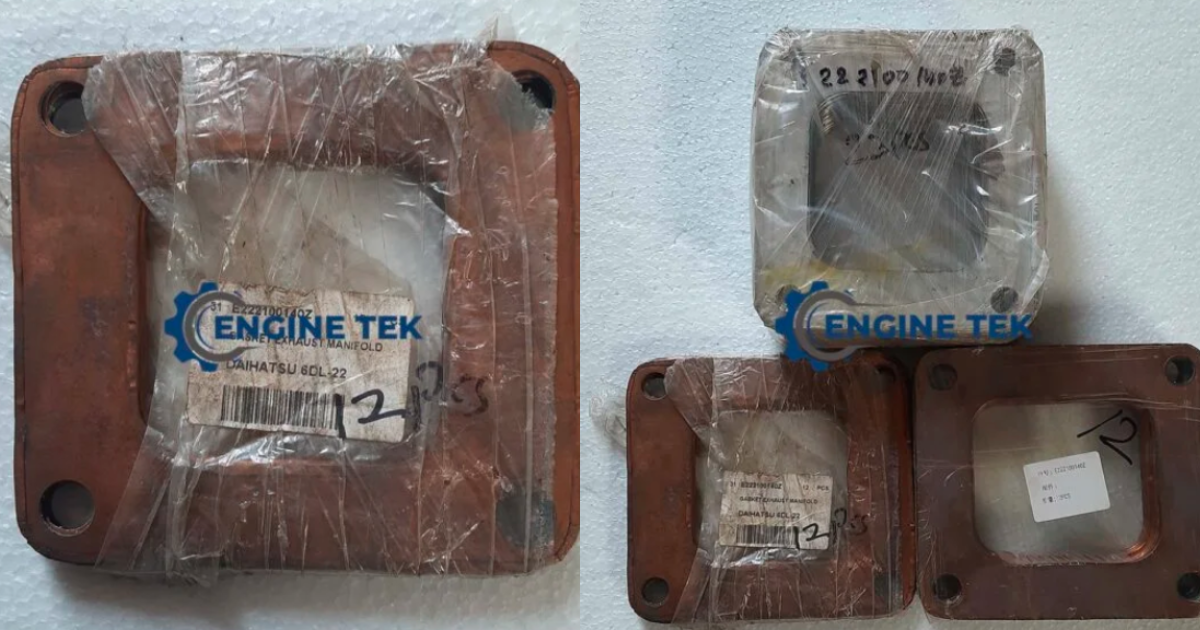Hydraulic pumps are at the heart of marine hydraulic systems, powering steering gears, winches, deck machinery, and propulsion auxiliaries. The efficiency of these pumps directly impacts vessel performance, fuel consumption, and operational reliability. Understanding the factors that determine hydraulic pump efficiency is essential for ship engineers, marine operators, and maintenance teams. Below is an in-depth look at the key elements influencing hydraulic pump efficiency in marine systems.
1. Pump Design and Type
The type of hydraulic pump used in a marine system plays a major role in its efficiency. Common types include vane pumps, gear pumps, and piston pumps.
- Vane pumps offer smooth operation and moderate efficiency.
- Gear pumps are rugged but may suffer efficiency loss due to internal leakage at higher pressures.
- Piston pumps deliver the highest efficiency and are suitable for demanding marine applications.
Choosing the right pump design ensures that the hydraulic system operates optimally with minimal energy losses.
2. Operating Pressure and Flow Rate
Hydraulic pumps must be designed to handle the correct pressure and flow demands. Running a pump at pressures beyond its rating increases energy losses and accelerates wear. On the other hand, underutilizing the pump results in wasted energy. Marine engineers must match the pump¡¯s pressure and flow characteristics with the specific application to maintain high efficiency.
3. Hydraulic Fluid Quality
The condition and type of hydraulic fluid directly affect pump efficiency. Fluid that is contaminated with water, particles, or air reduces lubrication, increases friction, and causes cavitation. Using the correct viscosity grade is also essential too thick, and the pump wastes energy; too thin, and the system risks internal leakage. Regular monitoring and filtration of hydraulic oil are vital to maintaining efficiency at sea.
4. Pump Condition and Maintenance
Even the most advanced pump will lose efficiency if not properly maintained. Worn seals, damaged bearings, or internal leakage can significantly reduce volumetric and mechanical efficiency. Preventive maintenance practices such as oil sampling, seal inspection, and scheduled overhauls help preserve the pump¡¯s performance and extend its service life.
5. Temperature Control
Hydraulic pumps operate best within a controlled temperature range. Overheating of hydraulic fluid leads to viscosity breakdown, while low temperatures cause sluggish operation. In marine systems, efficient cooling systems and heat exchangers are critical to maintaining fluid stability and pump efficiency under varying sea conditions.
6. System Design and Load Demands
The overall efficiency of a hydraulic pump is also influenced by how well the system is designed. Incorrect hose sizing, sharp bends, or long piping runs create pressure drops and reduce pump efficiency. Furthermore, fluctuating load demands common in deck machinery and steering systems require pumps with adaptive control features, such as variable displacement pumps, to reduce energy losses.
Conclusion
The efficiency of a hydraulic pump in marine systems depends on a combination of factors: pump type, operating conditions, hydraulic fluid quality, maintenance, temperature management, and overall system design. By carefully addressing each of these areas, ship operators can minimize energy losses, extend equipment lifespan, and ensure smooth vessel operations. In a competitive maritime industry, maintaining high hydraulic pump efficiency is not only a technical requirement but also a cost-saving strategy that improves long-term performance at sea.












